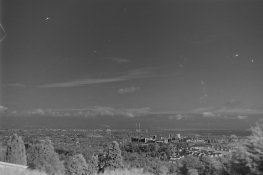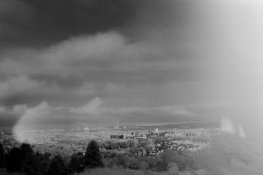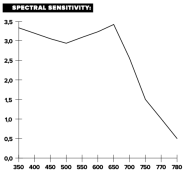spl
Member
Hey folks,
I have found an old 850nm infrared filter. I know this blocks out all visible light and looks black. I want to play with it and achieve the black and white effect in landscapes. I only shoot black and white so I have two choices of film in the fridge: Ilford SPX200 and Rollei Infrared 400.
This page has a brilliant example of the same scene with different filters: https://kolarivision.com/articles/choosing-a-filter/
and the image they show for the 850nm filter is very nice.
Problem I have is this: SPX200 claims to be responsive to 740 nm, and Rollei, I have found two sources but none deeper than 820nm.
On the graph I found it seems that Rollei 400 has 20% responsiveness to IR at 850nm, the value of the filter, so does that mean I need to open another 2 stops?
How do 850nm filters produce anything on IR films if they don't respond down that low?
How do I guess how many stops I need to close to use the 850nm?
Thanks for your help and ideas!
I have found an old 850nm infrared filter. I know this blocks out all visible light and looks black. I want to play with it and achieve the black and white effect in landscapes. I only shoot black and white so I have two choices of film in the fridge: Ilford SPX200 and Rollei Infrared 400.
This page has a brilliant example of the same scene with different filters: https://kolarivision.com/articles/choosing-a-filter/
and the image they show for the 850nm filter is very nice.
Problem I have is this: SPX200 claims to be responsive to 740 nm, and Rollei, I have found two sources but none deeper than 820nm.
On the graph I found it seems that Rollei 400 has 20% responsiveness to IR at 850nm, the value of the filter, so does that mean I need to open another 2 stops?
How do 850nm filters produce anything on IR films if they don't respond down that low?
How do I guess how many stops I need to close to use the 850nm?
Thanks for your help and ideas!













